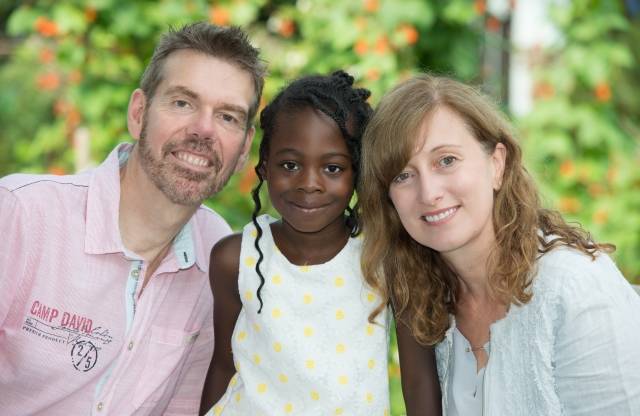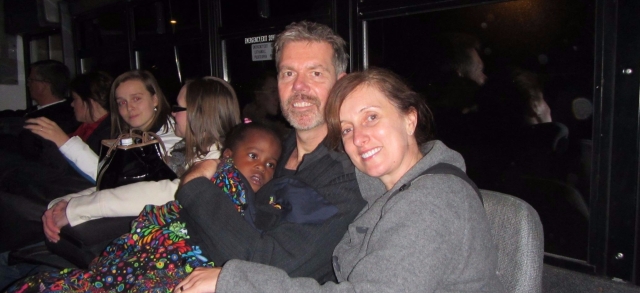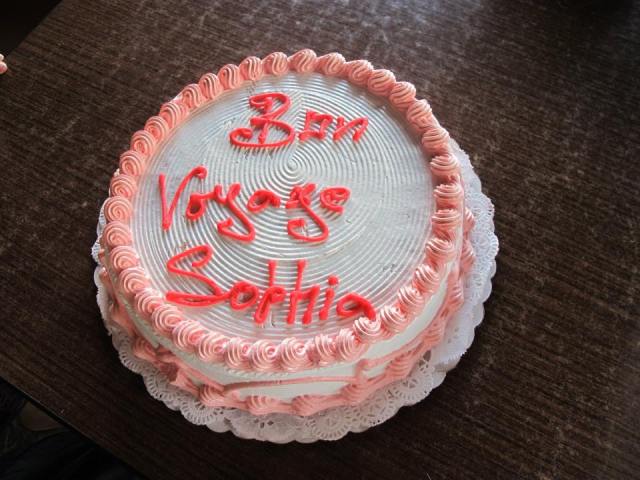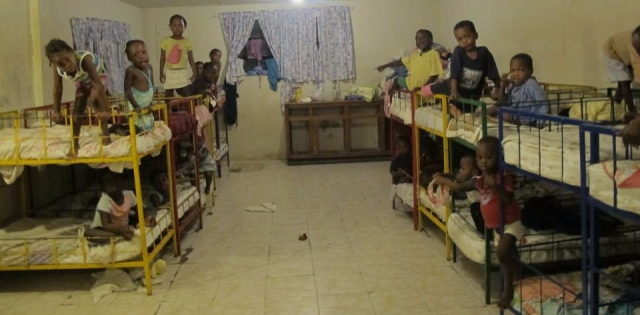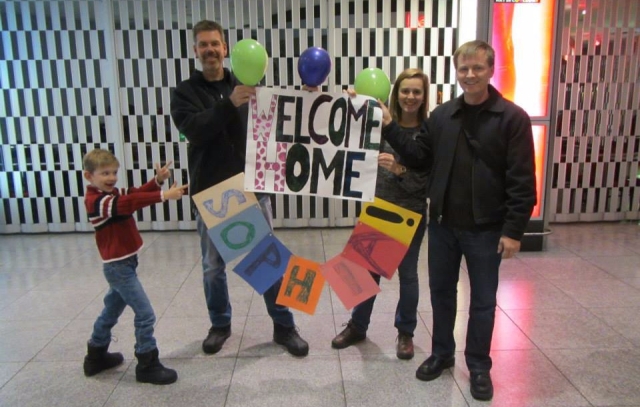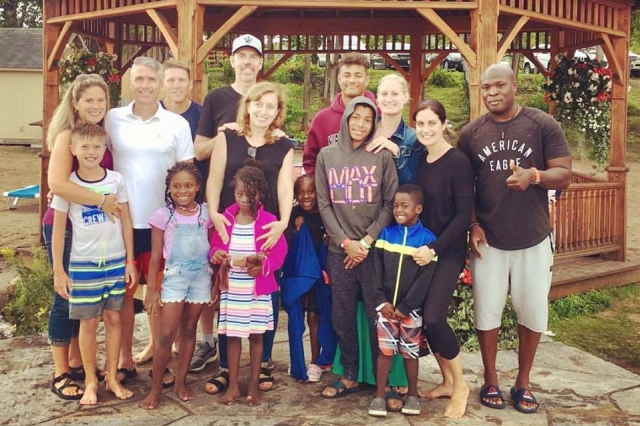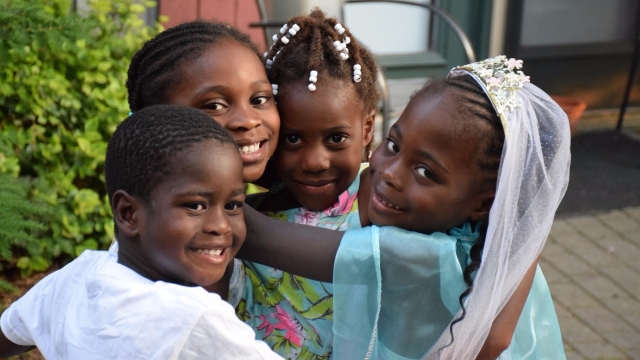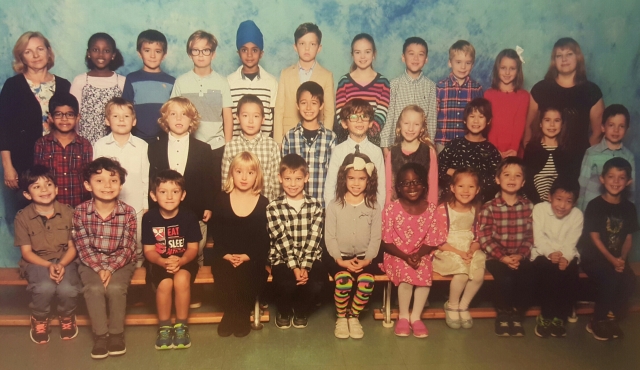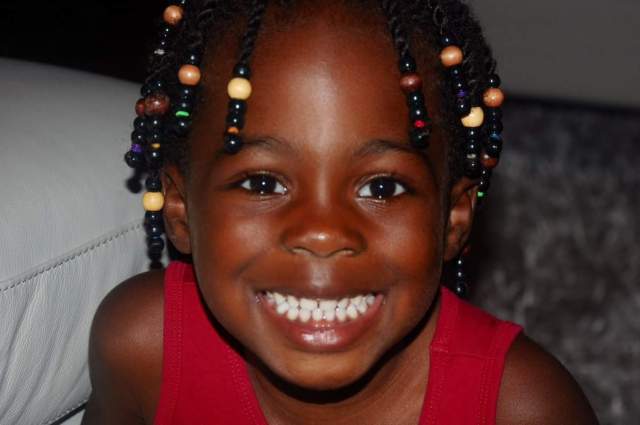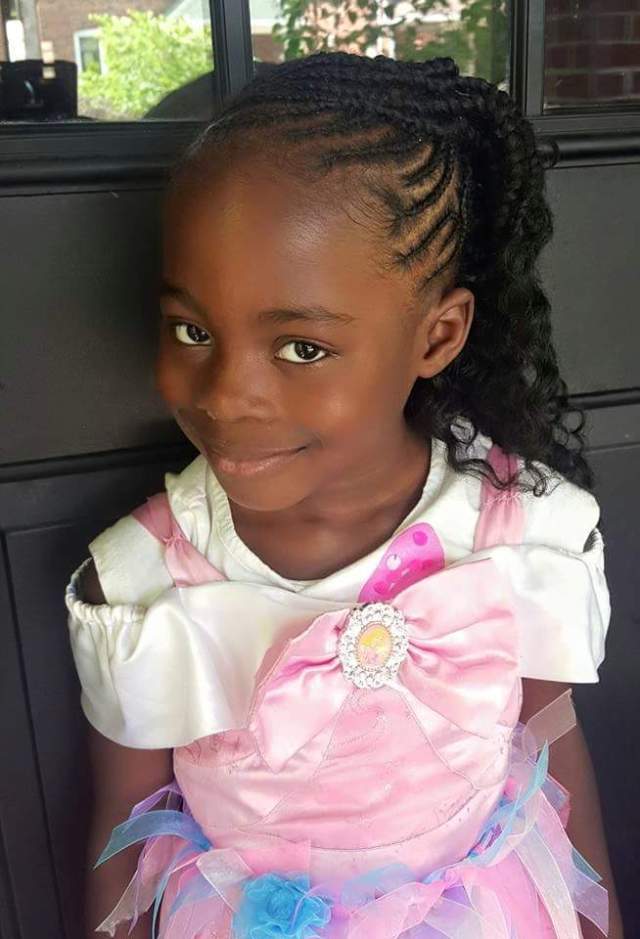
Mother’s Day is always a day of joy, reflection and a reminder of my very long journey to motherhood. The thought that it could take nine years never crossed my mind when I first started the journey.
In my twenties and early thirties, I was not even sure if I wanted to have children. Having grown up with a stay-at-home mom who always tried to make ends meet on a limited budget, I was determined to do it differently. I was focused on my career and had a hard time imagining juggling motherhood and work. I actually secretly thought that it would be a great relief if I found out that I couldn’t have children.
I was in my mid-thirties by the time my husband and I decided to have a family and I figured it could take some time to get pregnant – six months, maybe even a year? Having been a very healthy person all my life, infertility never crossed my mind. By the time we decided to grow our family through adoption, I approached my late 30s. Once again, I went into it single-mindedly focused on moving forward as quickly as possible. After consulting with an adoption agency, we chose to adopt from Haiti. By the time we completed the Canadian part of the adoption process, Haiti was devastated by an earthquake that killed 300,000 people. While some adoptions were fast-tracked in the aftermath of the earthquake, for those of us who weren’t yet matched with a child, the process stalled entirely. Once again, my husband and I questioned if we’d ever become parents.
And then, during the summer of 2010, Haitian adoptions resumed and our dossier was sent to an orphanage in Port-au-Prince. At the time, the orphanage director had the ability to match children in her orphanage with prospective parents. So when we received a proposal a few weeks before Christmas of 2010 for a beautiful two-month old boy, we were overjoyed. We even hosted an open-house for our neighbors to break the news of our pending adoption and to introduce them to their “new neighbour”.
We planned our first bonding visit for January 2011 – a trip I was absolutely terrified to go on. In the aftermath of the earthquake, Haiti was a dangerous place to visit and people were discouraged to travel there unless it was absolutely essential. Well, meeting our son was essential so we went and spent a week with him at a hotel not too far from the orphanage. And then, two days after our return to Canada we received the news that he was very ill and was fighting for his life in a Haitian hospital. He survived but his diagnosis was dire. We took his medical file to SickKids, a well-renowned children’s hospital in Toronto, only to have the diagnosis confirmed and our Canadian adoption agency advising us that we would not be able to conclude his adoption. Later, we came to the conclusion that they partially gave us this advice because they were convinced that the little boy would not be alive by the time we’d finish the adoption. Devastated, we questioned if we were actually meant to be parents.
At the end of March 2011 we returned to Haiti to visit the little boy. We stayed at the orphanage with him and fed him with a syringe – one drip at a time, like a little bird. Somehow, both my husband and I were hoping for a miracle, but when we saw him upon our arrival at the orphanage, we were completely devastated. During that visit, we spent a lot of time with the orphanage director who told us that if we were to continue with our adoption journey, she would match us again. And then we learned about our daughter – not yet born but already in need of a family. We allowed ourselves to be hopeful again. Our daughter was born on July 5, 2011. 38 days later we held her in our arms for the first time but it would take another 27 months and 10 more trips to Haiti before we brought her home. The hardest part was leaving our daughter behind after each visit, not knowing when (or if) we would bring her home. I wrote about the difficulties in my post “Coming Home”.
But in the end, we did bring her home in November 2013. If anything, this journey taught me the power of love and perseverance. Today, I am thinking of all the moms out there who are waiting for their child to join their family – maybe a child not yet born or a child in a faraway country – and wish them lots of strength in their journey to motherhood.
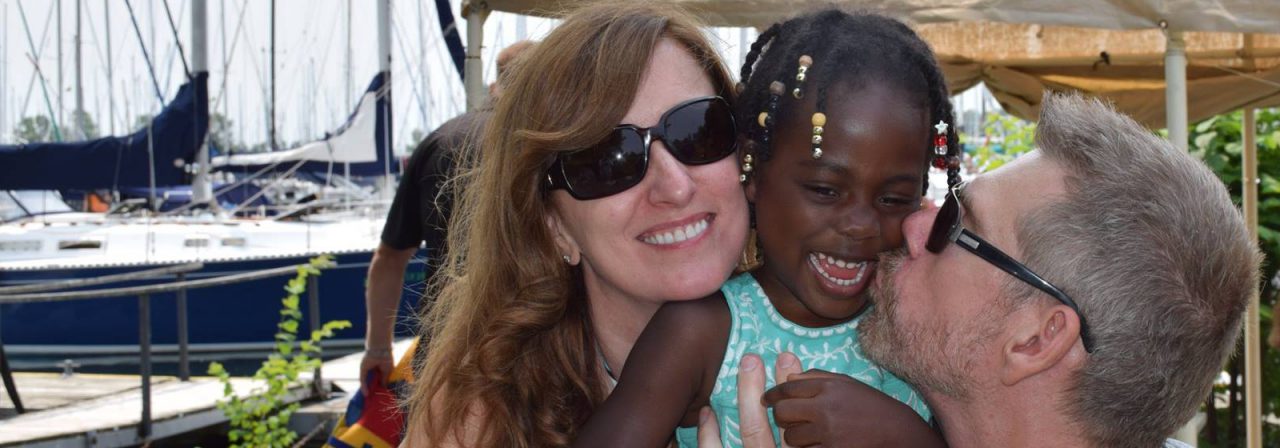
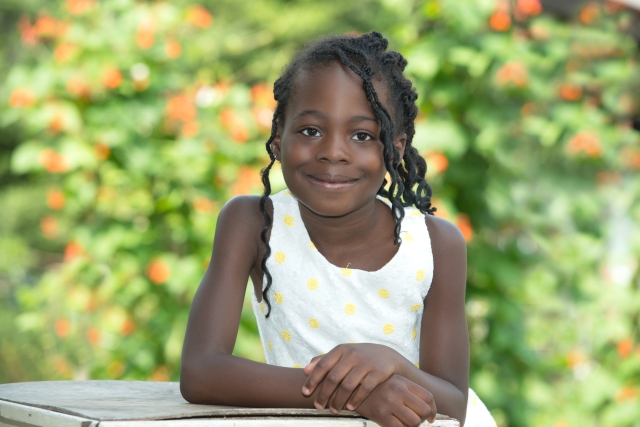 My daughter is only six and has not started to talk extensively about her identity yet, but sometimes I wonder how much she thinks about it. For most adopted children, at one point in their lives they will start searching for their identity – wondering about their origin, their genetic background, why they are not with their biological parents. I wonder sometimes when I see my daughter lying in her bed in the morning after she wakes up – clearly in deep thought – if she is thinking about her identity. I am preparing myself for more questions and my husband and I have started to talk more about her background with her.
My daughter is only six and has not started to talk extensively about her identity yet, but sometimes I wonder how much she thinks about it. For most adopted children, at one point in their lives they will start searching for their identity – wondering about their origin, their genetic background, why they are not with their biological parents. I wonder sometimes when I see my daughter lying in her bed in the morning after she wakes up – clearly in deep thought – if she is thinking about her identity. I am preparing myself for more questions and my husband and I have started to talk more about her background with her.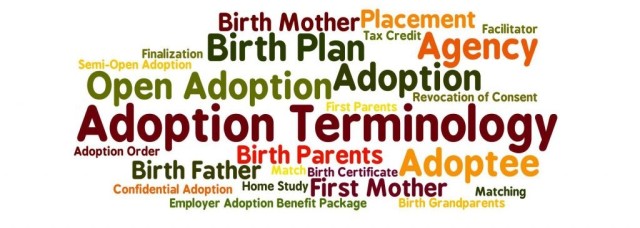 Adoption comes with its own language – words or phrases we should and shouldn’t use. The use of words can be powerful and sometimes indicate how someone really feels about adoption. I am generally forgiving when people use the wrong terminology. Just like with a foreign language, I would not expect to travel abroad and have everyone speak my language. I apply the same principal to the use of people’s adoption language – as long as I know that their questions or comments come from a place of genuine interest for adoption or honest ignorance.
Adoption comes with its own language – words or phrases we should and shouldn’t use. The use of words can be powerful and sometimes indicate how someone really feels about adoption. I am generally forgiving when people use the wrong terminology. Just like with a foreign language, I would not expect to travel abroad and have everyone speak my language. I apply the same principal to the use of people’s adoption language – as long as I know that their questions or comments come from a place of genuine interest for adoption or honest ignorance.